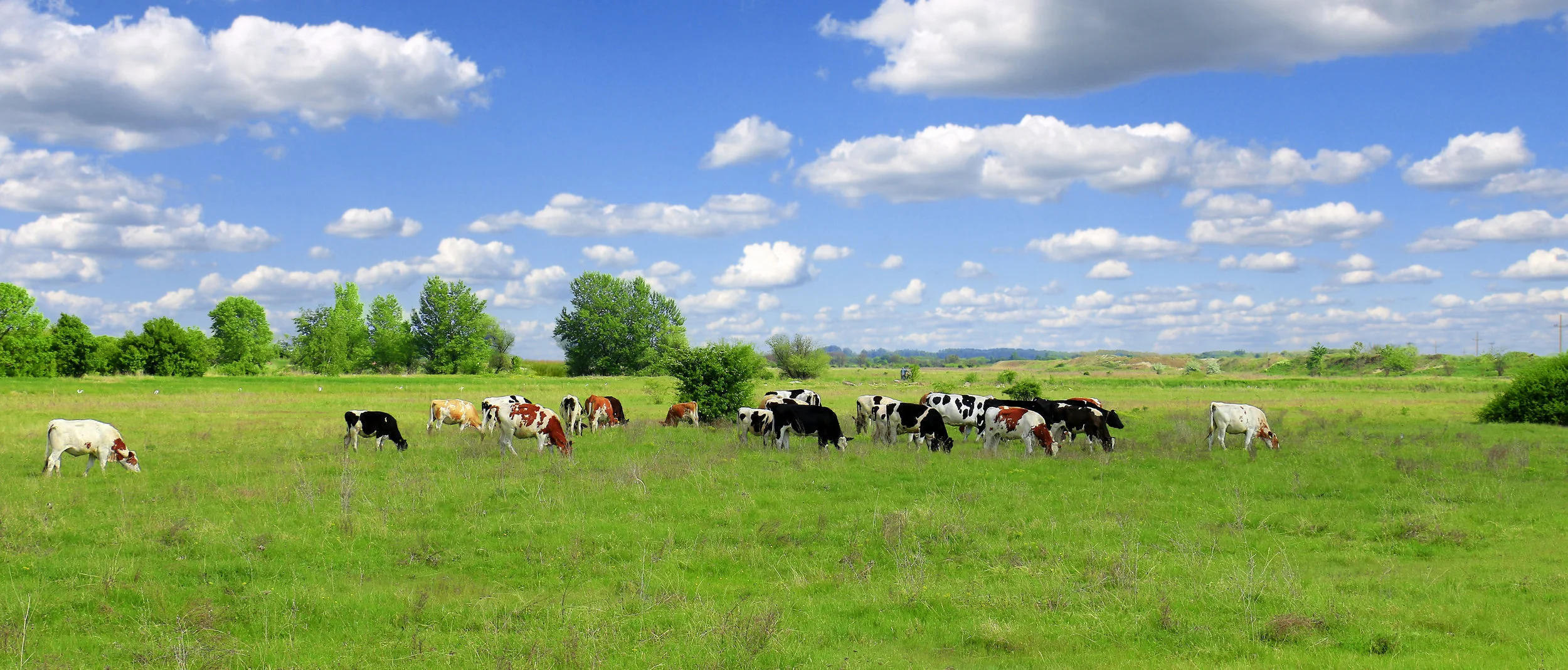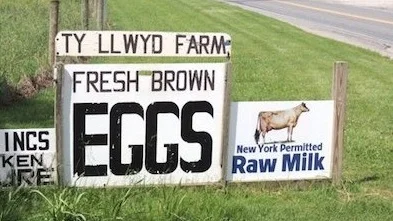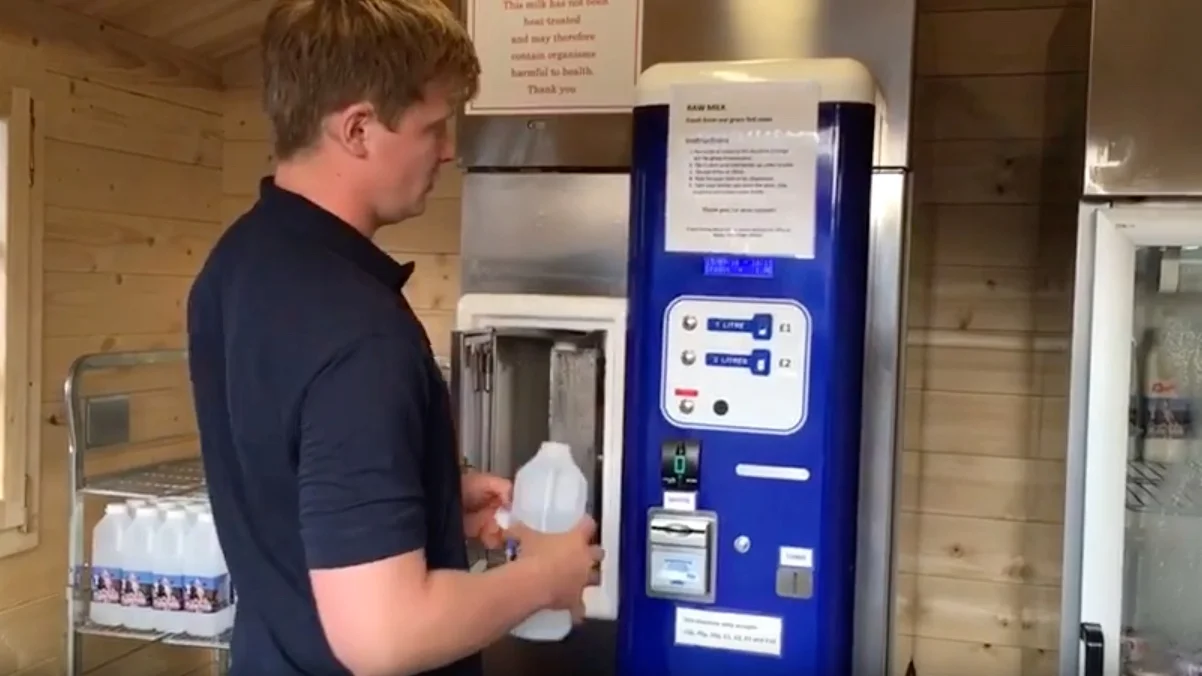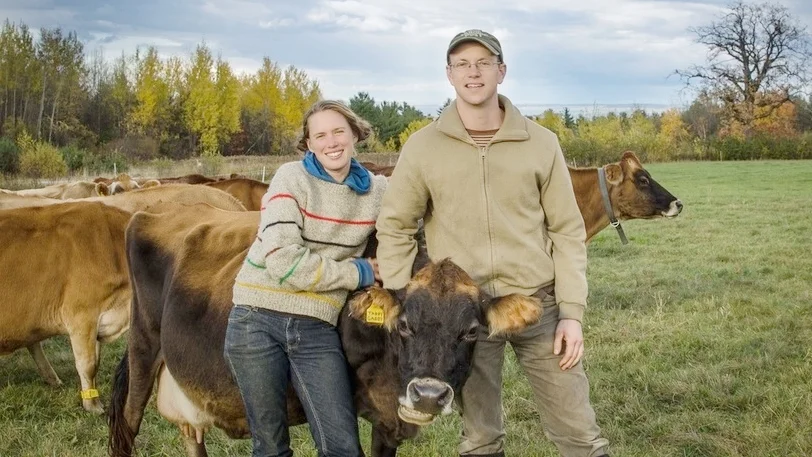There has never been a greater need to unshackle dairy farmers from the ban on raw milk, write microbiologist Dr Ron Hull and science writer David Horwood.
These are bleak times for dairy farmers. Since deregulation in 2000, 30% have left the industry, and two of the four major dairy co-ops in Victoria have ceased operation, or have been bought by overseas interests.
The major supermarkets proudly sell milk as a loss leader, with their shareholders and consumers the short-term winners, and dairy farmers the losers. Murray Goulburn’s recent decision, as industry leader, to cut its farm gate milk price retrospectively for last season 2015/16, and to offer a non-viable price for this season, is a crippling blow, and a wakeup call for politicians and regulators.
Responding to the crisis, Agriculture Minister Barnaby Joyce warned the supermarkets that he “reserved the right” to act against $1 milk. An ACCC inquiry will begin in November, focusing on sharing of risk along the supply chain, supply agreements and contracts, competition, bargaining and trading practices, and the effect of world and retail prices on profitability, Mr Joyce said.
Photo: A raw milk vending machine at the farm gate in New Zealand. Click on images to enlarge.
Jack McGuire, founding CEO of the great Murray Goulburn Co-operative, would be turning in his grave, having opposed deregulation because dairy co-op leaders “would climb over each other’s dead bodies” to supply the supermarkets. How right he was. The Canadian government decided in 2009 NOT to deregulate its dairy industry for similar reasons.
Raw milk offers a better way, both as drinking milk, and in the production of cheese and yogurt. So what’s the problem? Is it really unfit for human consumption? Or rather, is it a safe, low risk food? It depends who you ask. This is a story of two food standards agencies with diametrically opposed views. Only one view is based on solid evidence.
Photo: Hook and Son have been selling raw milk directly to the public since 2007. They now sell at 20 farmers markets around London as well.
In 2015 the UK Food Standards Agency completed a review of raw drinking milk safety. It gathered hard evidence—including the best illness records available. The FSA concluded that raw milk is a low risk food. It found only nine recorded illnesses related to raw milk over the previous 12 years. It compared this with 280,000 cases of summer diarrhoea each year attributed to Campylobacter—not a single one of them linked to raw milk, which remains legal, and profitable, in the UK.
The contra view comes from Australia’s Food Standards Agency, FSANZ, which went out on a limb with modelling studies in 2009. Why choose theoretical studies when plenty of people, including children, were drinking raw milk here in Australia and around the world at that time? Were they getting sick, dying? FSANZ did not tell us, concealing an inconvenient truth.
FSANZ’s predictions raised the spectre of a public health disaster if raw milk were legalised. In our view the entire report lacks scientific credibility. Its dodgy predictions remain unverified. Yet they are used to justify banning raw milk.
Most statements about the pathogens raw milk can contain are vacuous, and imply that raw milk is the only such food. Pathogens can also be found in fish, chicken, pâté, salad greens, and cantaloupes, to name just a few. Yet these foods remain legal, while lacking the anti-pathogen immunity systems in raw milk, which FSANZ foolishly ignored.
There is no reason to demonise raw milk produced to the high standards consumers require. It is as safe as any food. Its sale should be legalised and regulated here, as is done elsewhere in the world. Raw milk is bought legally in New Zealand, the UK, America and Europe. Banning it leads to a black market, and deprives dairy farmers of a profitable business.
Advocates of pasteurisation spin the myth that raw milk was phased out in the 1940s. In fact, raw milk remained legal until much more recently, as ‘town milk.’ In Victoria, it was available until 1990. In South Australia, the Tyler farm held a town milk licence until 2003. Many thousands of city folk have enjoyed safe raw milk on their breakfast cereal.
Raw goats’ milk is legal in some States. Regulators argue that it is not possible to produce cows’ milk with the low bacterial count achieved in goats’ milk. Wrong. Low-count cows’ milk can be produced routinely on Australian farms. Data are available showing this.
Photo: Raw milk for sale at a farmers market. Organic Pastures have been selling raw milk in California for 17 years.
Specialist raw milk dairies in other countries are flourishing. Organic Pastures in California sells raw milk products from 500 cows, with a gross turnover of US$12 million. The business has considerable financial flow on, employing 70 people and supplying 700 small stores.
An Australian farm of similar size, locked into supplying the monopolised pasteurising industry, would have a mere one-tenth of that turnover.
Hook & Son in the UK makes a good living from raw milk with a herd of just 70 cows. Many dairy farmers would jump at a slice of that business.
Australian consumers are demanding raw milk for health reasons. Industry and regulators need to sit down and work out a regulatory framework for Australia. The UK model is the way to go.
Dr Ron Hull is Principal Consultant Microbiologist, Ron Hull & Associates. He was Head of Dairy Microbiology at the CSIRO 1974–94. David Horwood is the principal of Technical Writing Services. Previously he was a science writer and editor with the CSIRO.
Photo: Kids enjoying their raw milk from Organic Pastures dairy with Mark McAfee, chairman of the Raw Milk Institute. Raw milk has always been legal in California, USA.
Photo: Dolly's Milk in New Zealand.
Photo: A Village Milk vending machine, NZ
Related Articles:
A response to a concerned doctor regarding Raw Milk consumption
Organic Pastures Raw Milk Safety Program
The Healing Power of RAW MILK for Immune and Digestive Issues
Australian Dairy farmers lead renewed push to legalise raw milk
Risk Assessment Management Plan
Farmer-friendly Raw Milk Risk Identification and Risk Reduction












































